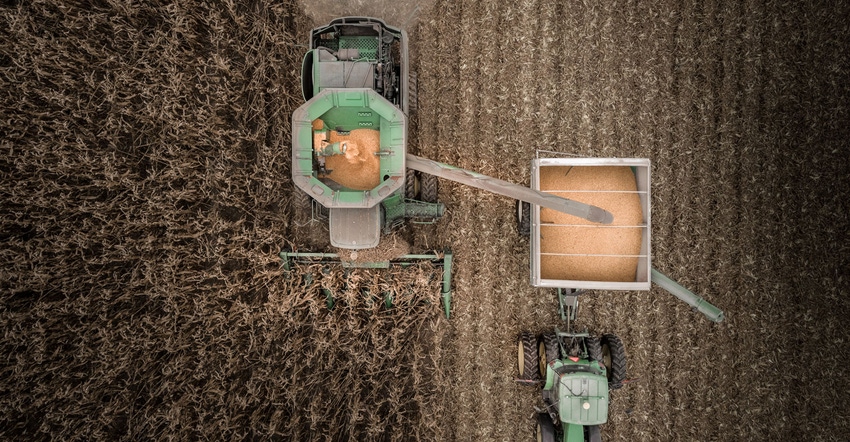February 17, 2021

The race to advance agricultural technology seems to be accelerating, but there's a critical measure for any of these efforts. "Farmers just want stuff to work," says Jim Wilson, chief technology officer, AgGateway. "And they want it work with respect to moving data. They want to connect whatever color piece of equipment to whatever color piece of equipment, and they want that data to flow seamlessly."
Given the expansion of technology use across everything from combines to tractors and planters to sprayers, that information sharing isn't always so easy. AgGateway and the Agricultural Industry Electronics Foundation recently signed a memorandum of understanding to collaborate on initiatives to improve the seamless exchange and processing of information in farm operations.
Wilson notes the two groups have long worked together, and this new agreement simply formalizes that relationship. AEF is made up of 200 ag equipment makers and electronic component suppliers. AgGateway is involved more with data standards, and tools and practices and guidelines around interoperability in agriculture.
Wilson explains that manufacturers look at hardware, communication standards and data sharing technology. For example, AEF manages ISOBUS standards as part of a global effort. For AgGateway, the challenge is making that information useful and readable across brands. If you run a planter of one color and capture an as-applied map, the information collected from seed used, field location, timing and other data might be very useful for the sprayer that follows. However, that sprayer may be a different brand.
That's where AgGateway comes in. The organization created the ADAPT platform, a data comprehension and transformation tool. ADAPT stands for Ag Data Application Programming Toolkit.
In its simplest form, one can think of collected data as kind of a spreadsheet with headers for information like seed, time of day, operational data (is the machine moving), seed depth and more. But on one brand the headers may be in a different order than for another brand.
ADAPT helps comprehend data of various types and translate (or more technically correct, transform) data so that it can be processed more effectively by various systems. It's a kind of universal translator in the ag equipment industry.
Moving forward
Wilson explains that the memorandum of understanding creates a more formal relationship, defining what the two groups have been doing all along. "Both organizations have experienced an evolution in how we operate, and each organization has become increasingly disciplined," he says. "It is really important that where we agree to execute joint projects, that our roles are clearly defined."
In announcing the MOU, the two groups also announced another area of work ahead. They will work on ways to address load and unload events in field operations. This is the ability to track the movement of a harvested crop from the combine to the grain cart, to the semi at the edge of the field and on to storage, either on farm or at the elevator.
This project brings together the idea of supply chain operations and field operations. The supply chain side can measure inputs coming into the farm and going out. But Wilson says that this intersection of supply chain operations and field operations can be messy.
"Some of our members said that it would be helpful in terms of traceability of harvested product if there were a way to take these various data streams on harvesters, grain carts, trucks and elevators, and express the data about these events," Wilson says.
The key would be to create a format defining how to express information about that event, and ways to correlate that event to other data on and off the farm. For example, if the combine is unloading grain to a cart, the two machines could talk to each other. The cart might have a scale, and information from that scale might be shared back to the combine, which could enhance real-time calibration. The cart information could then go to the truck, which would know field location, crop type and amount delivered to storage. This could help with traceability.
It all sounds complicated, and it is. But as Wilson explains, setting data standards for information sharing can help farmers better run their operations. Learn more about ADAPT and AgGateway at aggateway.org. And you can find out more about AEF at aef-online.org.
About the Author(s)
You May Also Like






